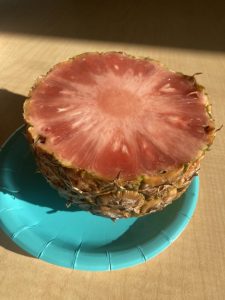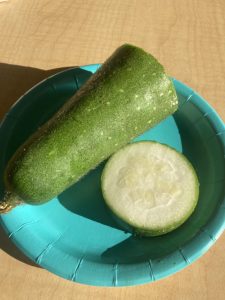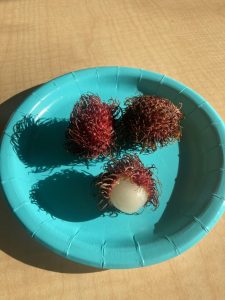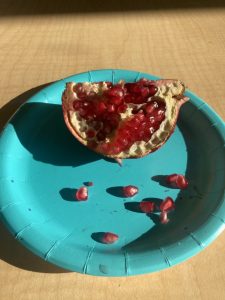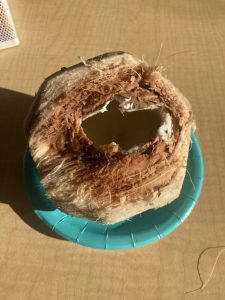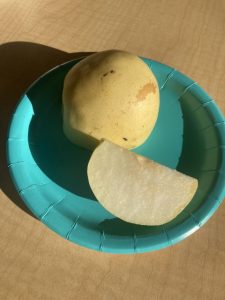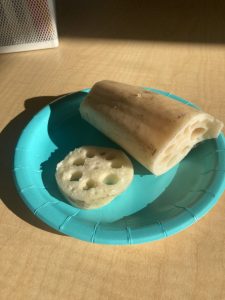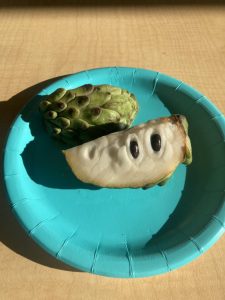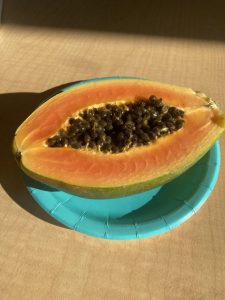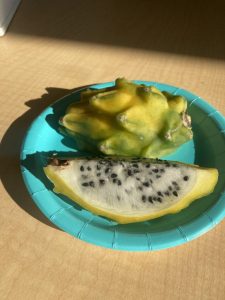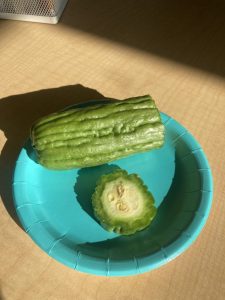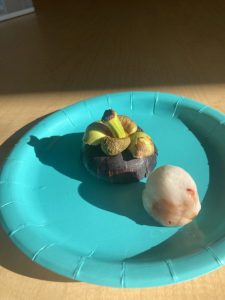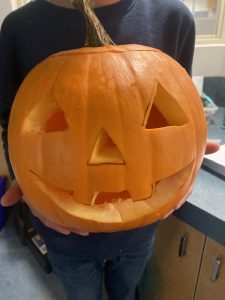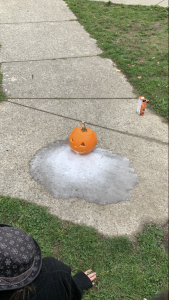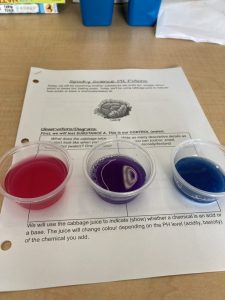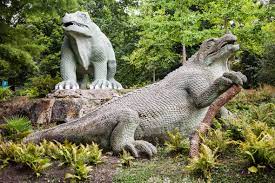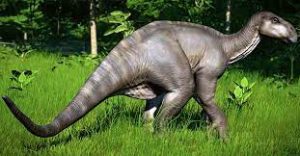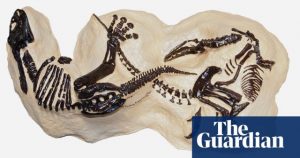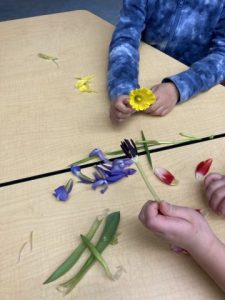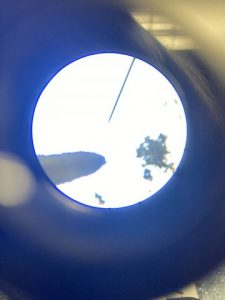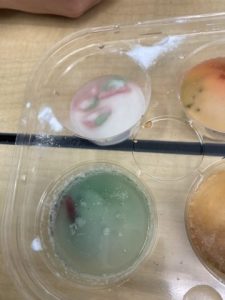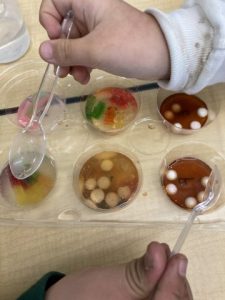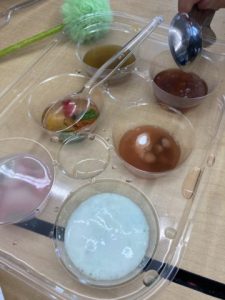Blobfish…Why the ‘World’s Ugliest Animal’ Isn’t as Ugly as You Think It Is
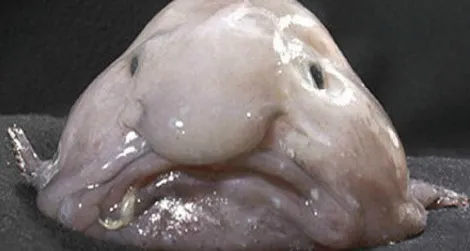
The blobfish is the world’s ugliest animal. But we don’t think the contest was very fair
Adapted from The Smithsonian, 2013
Poor sad blobfish, voted the world’s ugliest animal.
It’s that time again, when the whole world gathers together to pick on the blobfish.
Yesterday, after the votes were counted, the blobfish was named the world’s ugliest animal. The run-off was led by the Ugly Animal Preservation Society. The Society was looking for a mascot, an ugly mascot. As the Society says: “The panda gets too much attention. We want to see the uglier animals too!”
But we think the world was too hard on our friend the blobfish (or, if you want to call him by their proper name—and really, they’d prefer it if you would!—Psychrolutes marcidus).
Honestly, we think that droopy blobfish up there is actually holding up alright considering everything it’s been through. Psychrolutes marcidus are a deep water fish that live off the coast of Australia, somewhere between 2,000 and 4,000 feet beneath the waves. Down there, the pressure is up to 120 times higher than it is at the surface.
You wouldn’t want to be in the deep ocean without a strong submarine. And, likewise, the blobfish really doesn’t like being up here.
Many fish have something called a swim bladder, an organ full of air in their body that helps them move. When you take fish with swim bladders out of their natural habitats that air sac “may expand when they rise, which harms the fish”.
See what we mean about the blobfish having a hard time?
The blobfish doesn’t really have much of a skeleton, and it doesn’t really have any muscle. So, up here, it’s saggy and droopy. In fact, super-deep water fish often have minimal skeletons and jelly-like flesh. They are almost like a water balloon!
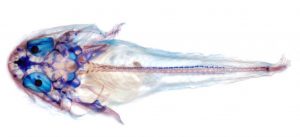
Image above: what’s inside a blobfish? The bones are dyed red, the cartilage is dyed blue. What do you notice?
So why do we think the world is too hard on the blobfish? Because if we put you 4,000 feet below the water your body and organs would be crushed and you’d probably become gooey and gross.
Meanwhile, the blobfish can withstand the deep sea. We think they are quite a lovely fish when they are left alone in their home.

Image: (left) the blobfish in the deep ocean look very different from the blobfish we usually see in photos (right)

